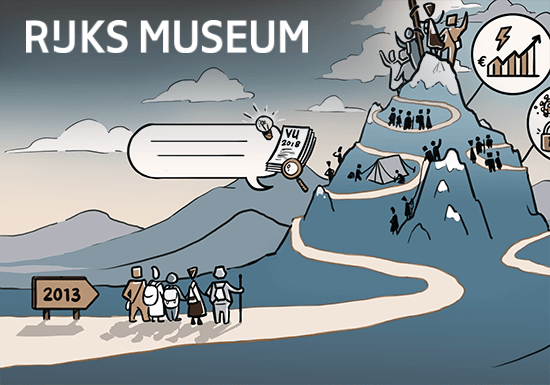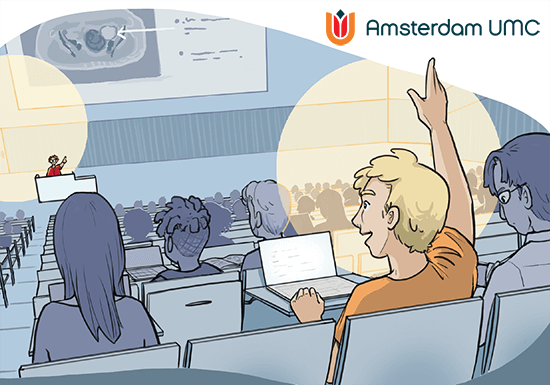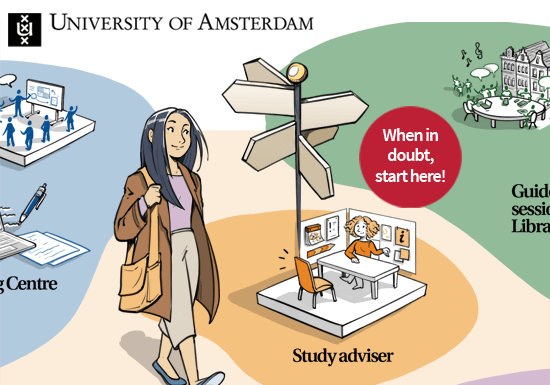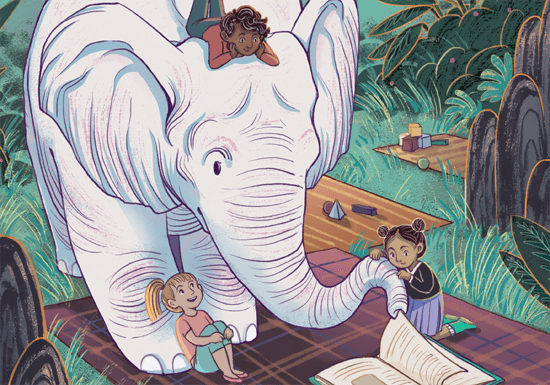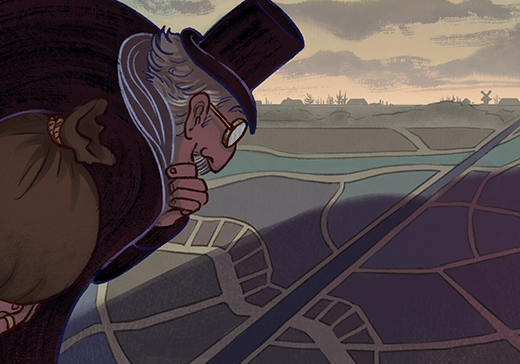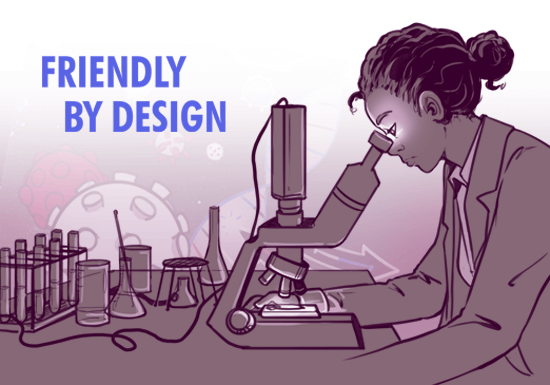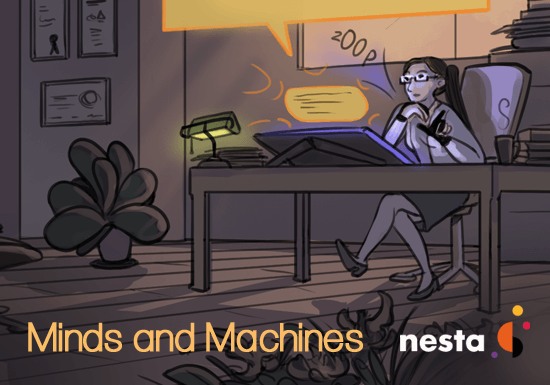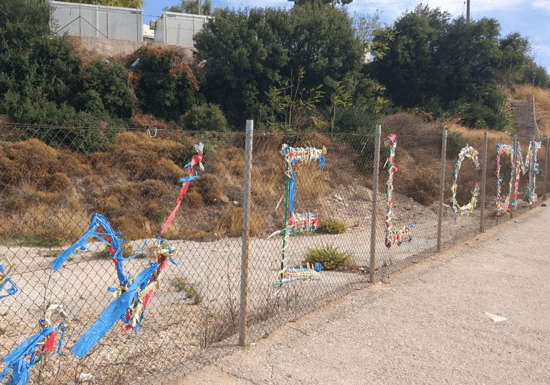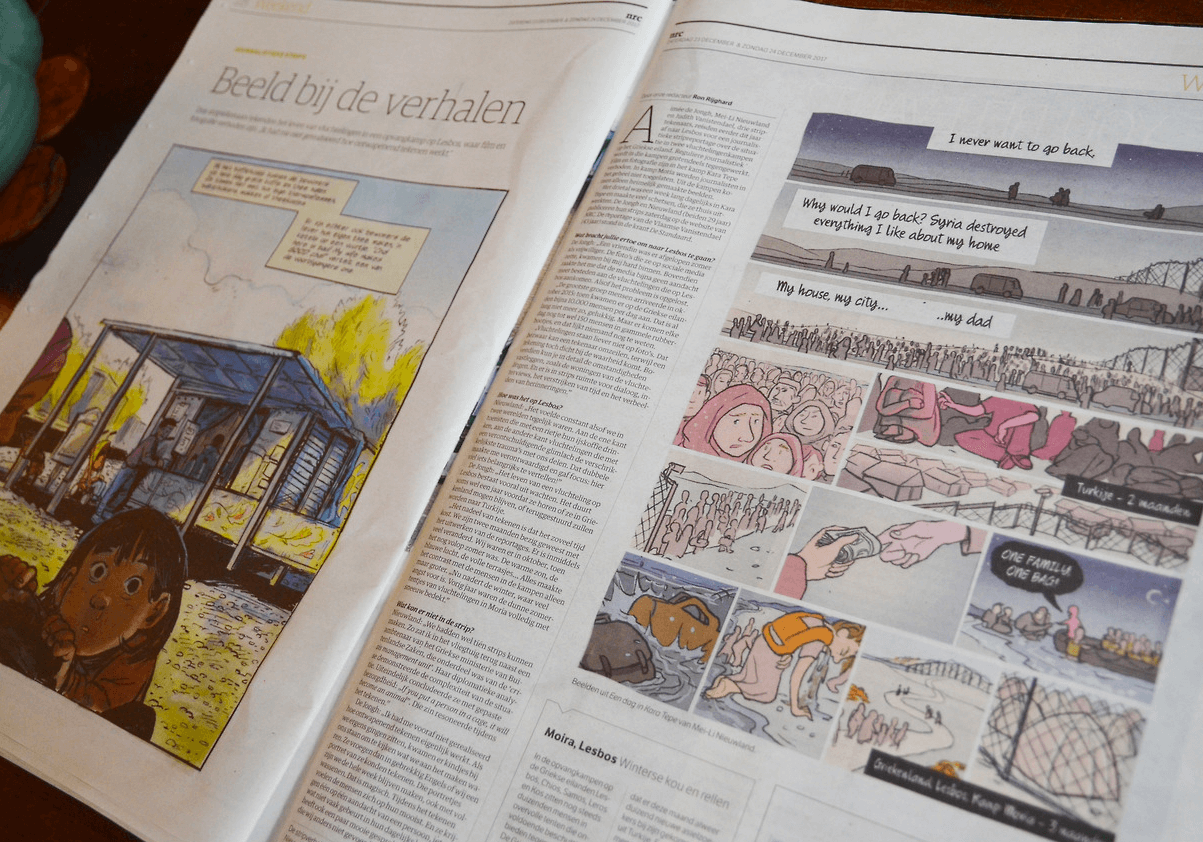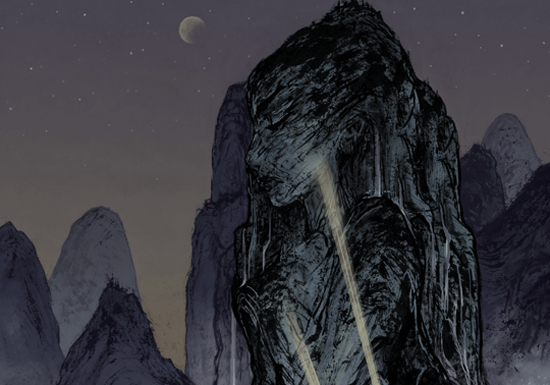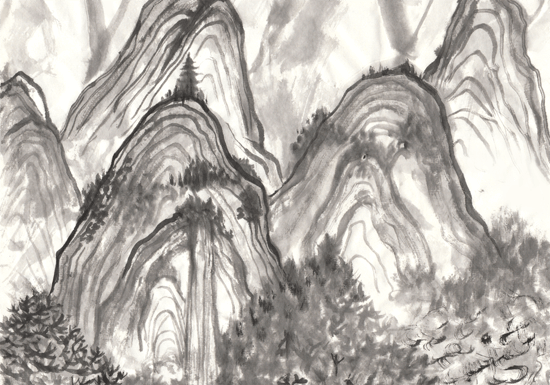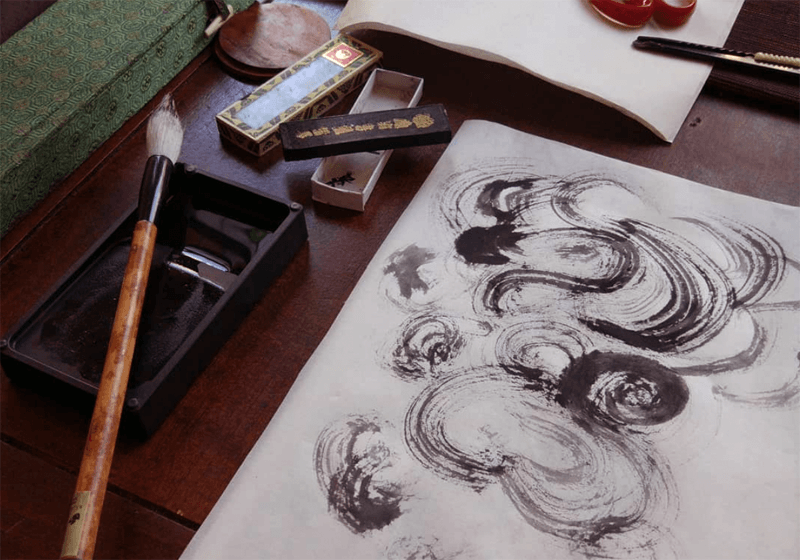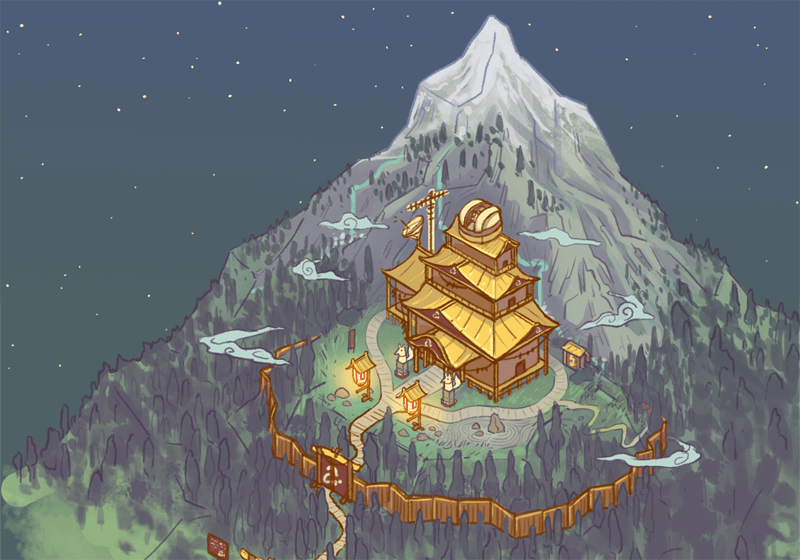"I'm convinced that any topic, no matter how complex, can be explained with an illustration. In my work I look for opportunities that allow me to prove this claim."
WHY • You want to communicate something in a way that will engage your audience and be remembered.
WHAT • Whether you are preparing a presentation, a promotional campaign, or writing a book, the information design and symbolism in a functional illustration can help you get your message across.
>> View Gallery

HOW • In close collaboration we uncover the visual essence of your story, test it with your target audience, and translate this into a visual tool you'll be happy to use for years to come.
"Extremely pleasant to work with"
"Smooth collaboration"
"A very professional experience"
"Smooth collaboration"
"A very professional experience"
In editorial illustration the ideation phase is crucial. To come up with great concepts and smooth out the collaboration, I ask critical questions during the briefing and provide options at each step. I always validate an idea before continuing with it, and aim for easy to read images that are beautiful, fun and smart.
I have a special interest in illustrating technical and scientific topics, as well as subjects about psychology and the mind.
Looking for an illustration? Please contact me through hello@liea.nl or one of the social networks below. Thank you!
>> View Gallery
Graphic journalism is a way for me to make sense of social phenomena, and present my findings to the reader in a uniquely accessible and compelling way. Most of the methods involved stem from my training as an anthropologist, such as fieldwork and (desk) research, conducting interviews and data analysis.
I have done both visual essays (based on literature research) and graphic journalism (based on fieldwork). While my stories are always grounded in reality, I like to tell them from a personal perspective that gives readers something to agree or disagree with, to help them figure out their own perspective.
In a time of 'fake news' and a fiercely competitive economy of attention, alternative forms of journalism like this are both refreshing and necessary in order to cut through the noise and reach today's audience.
>> View Gallery
My personal work is a place to experiment, sometimes involving related fields like design and architecture. I enjoy exploring new media ranging from ink and paper, to wood and fabrics.
In recent years my interest has shifted from illustration to bigger, physical objects with a practical or decorative function, such as furniture, (interior) design, and architecture.
High quality prints and sometimes originals of my personal work can be found through my shop.
>> View Gallery

Mei-Li Nieuwland (鄭美麗)
I am a Dutch illustrator based in Amsterdam, the Netherlands.
My passion is to create images that are both “good to see” and “good to think”: to translate great ideas into visuals that are aesthetic and meaningful.
As an artist I am mostly self-taught, with an academic background in artificial intelligence (2008) and cultural anthropology (2012). My limited art school experience comes from the School of Visual Arts (New York), where I followed the illustration residency in 2019. I thankfully draw from this mixed background when illustrating complex topics, aiming to turn them into accessible, visually pleasing stories that anyone can understand.
Topics of special interest include: computer science and technology, architecture and urban planning, protest movements, and work in the age of automation.
I work with a mix of digital and traditional media, using a Wacom tablet and sometimes integrating textures made with ink.
When I am not drawing I like to practice recurve archery and learn new languages.
News
2024
07
NOV
After the successful completion of a series of illustrations for Kies Vooraf, an educational workbook for highschool students published by Uitgeverij Deviant, we confirmed a collaboration for its sequel: Kies Vervolg!
20
AUG
This August I celebrated my freelance business’ 10 year anniversary! Together with friends, colleagues, clients and others who have helped me get to this milestone, we gathered at the Kanarieclub’s Poolbar for a toast. Thank you to everyone who came out as well as the Kanarieclub’s staff, I had a really good time and hope you did, too!
12
JUL
I translated the Pictoright presentation to English and hosted an online talk + Q&A to continue the conversation on generative AI and creative professions with a wider audience.
